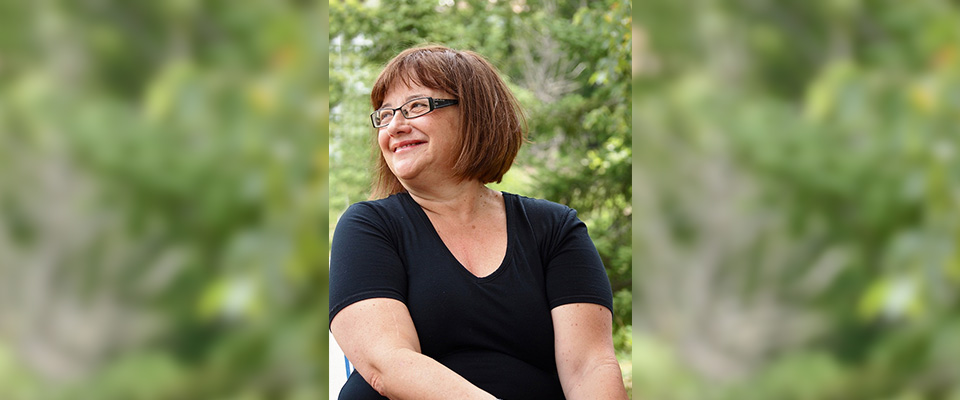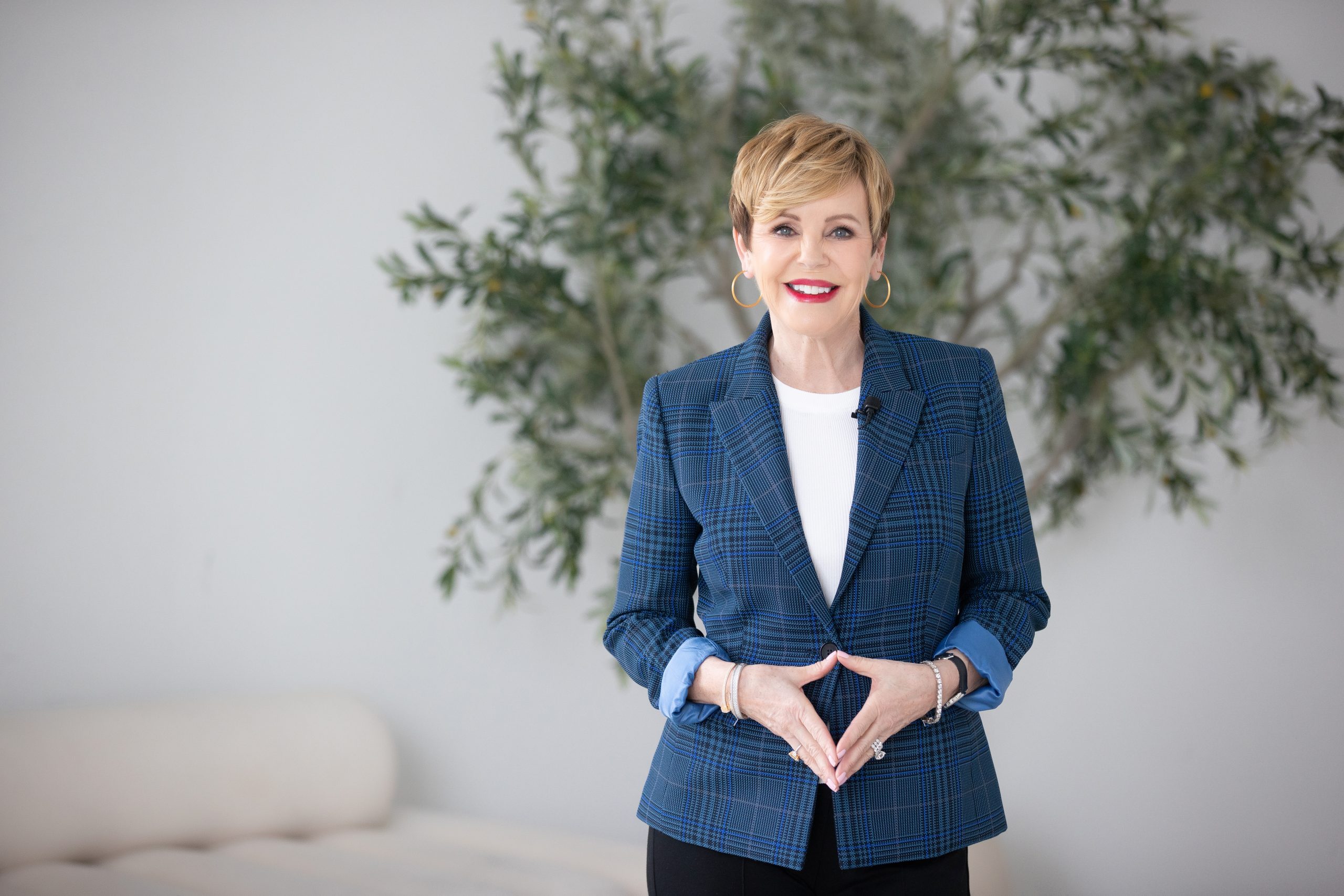Being semi-retired could be described as the fine art of discovering a balance between leisure time and work, and between calculating how much money you require now and how much you might need as you grow older. Both figures are not constant and chances are you’ll work fewer hours, but also spend less over the years.
In an Ipsos Reid poll, the majority of Canadians report that they plan to stay in their homes as long as possible after retiring while the figure was substantially higher for those already retired: 78 per cent. It’s a huge consideration when retirees are figuring out how to make their assets work for them.
Lately when I’ve been pondering the overriding retirement question of how much money will I really need to be comfortable, I can’t help but think about my new townhouse. As it is for most Canadians, my home is my biggest asset at $400,000, and unlike my investment portfolio, my real estate holdings since 1980, when I purchased my first house, have grown reliably.
In 1980, I started out with $10,000 down on a sweet $60,000 semi-detached in the Bloor West Village neighbourhood of Toronto, and paid off the mortgage by 1989. If I’d invested $60,000 in Trimark’s Select Balanced Fund in December 1989 and held it there until now, I’d have $328,530. Instead I’ve traded up while living in my tax free investment.
That consideration has me investigating the pros and cons of a reverse mortgage. As I’m older than 55, I can get up to 50 per cent of my current home’s value through a CHIP home income plan. I’m not required to make any mortgage payments and I don’t have to pay any interest or principal as long as I’m living in my home. The mortgage is paid off from the proceeds of the home’s sale.
Most people I speak to are highly suspicious of reverse mortgages, but no one can tell me exactly why, or drill down to how the numbers actually work. That is until I spoke to Jeff Spencer, vice- president national sales at HomeEquity Bank, the one chartered bank that offers reverse mortgages to seniors in Canada.
Spencer told me that the activity in reverse mortgages is up 26 per cent over last year. He adds that reverse mortgages are “one of the easiest products in the financial industry to pile up on. Why: the rates are too high, and the product seriously erodes the equity in your home, are the reasons seniors are advised to stay away from this product, “ he says.
My concerns exactly.
Yet I must ask myself if the sustained growth in reverse mortgages is all about seniors desperate to cash out on the equity painstakingly built in their homes, or are reverse mortgage one instrument in the tool kit that can help retirees realize a comfortable life as they age?
Since I’m always anxious about cash flow, I asked HomeEquity Bank if they could run the numbers on my home to see if a reverse mortgage is a feasible cash flow solution for me. After all, I don’t wish to continue to work part time forever.
After talking with HomeEquity Bank, this is what I discovered:
If I don’t work part time, I could be about $1000 short per month on maintaining my current lifestyle. I’m also anxious about completely depleting my assets because I wish to leave an inheritance to my daughter.
In my case, I recently purchased a townhouse in Oakville for $600,000. Putting $400,000 down from the proceeds of the sale of my condo in downtown Toronto, I still owe the bank $200,000 after realtor, land transfer and moving costs. The rate for my new mortgage is 2.9 per cent. Payments are about $1000 per month.
I have choices about how to maintain cash flow. Some friends have already opened a RRIF (registered retirement income fund,) taking out 7.38 per cent of their tax sheltered investments each year to supplement their income from company and government pensions. According to Canadian tax laws, 7.38 per cent is the minimum amount that must be withdrawn each year from a RIF purchased after 1993. But there are tax implications. For me to realize the extra $1000 I’ll require, I’d need to take out about $1300 per month, since RIF withdrawals are calculated as income by the CRA. All the taxes that I saved when sheltering money in my RRSP will be taxed when I take it out.
Given that, I’m not ready to open a RRIF. I’d prefer to leave my investment portfolio untouched until I’m 72 and then I wish to withdraw the absolute minimum amount. If I arrange for a reverse mortgage the cash withdrawal is not taxable.
I’m able to accomplish this by paying back the $200,000 mortgage existing on my home. The interest rate with HomeEquity Bank for a five-year fixed rate now stands at 5.49 per cent. If the appreciation on my home grows by three per cent during the next five years (a reasonable figure for the GTA) it would be worth $695,000 in five years. I would have run up $262,000 in debt to the reverse mortgage holder, but my accrued equity would be higher than it currently is, standing at $433,362.
Looking at the picture another way, if I took out a reverse mortgage at 6.5 per cent for $200,000 in five years from now when my house is estimated to be worth $695,000, given I could manage in my home for another 20 years, the withdrawals after interest would be $652,408, leaving me with a remaining home equity of $431,259 or a nice nest egg for my daughter.
Of course, these calculations are based on estimates for future interest rates and the appreciation of property. Financial planners must always take their best guess at what interests rates will be, as well as the performance of world financial markets. After looking at the pros and cons, I’m not certain that betting on a reverse mortgage is any riskier than expecting my investment portfolio to sustain me.































